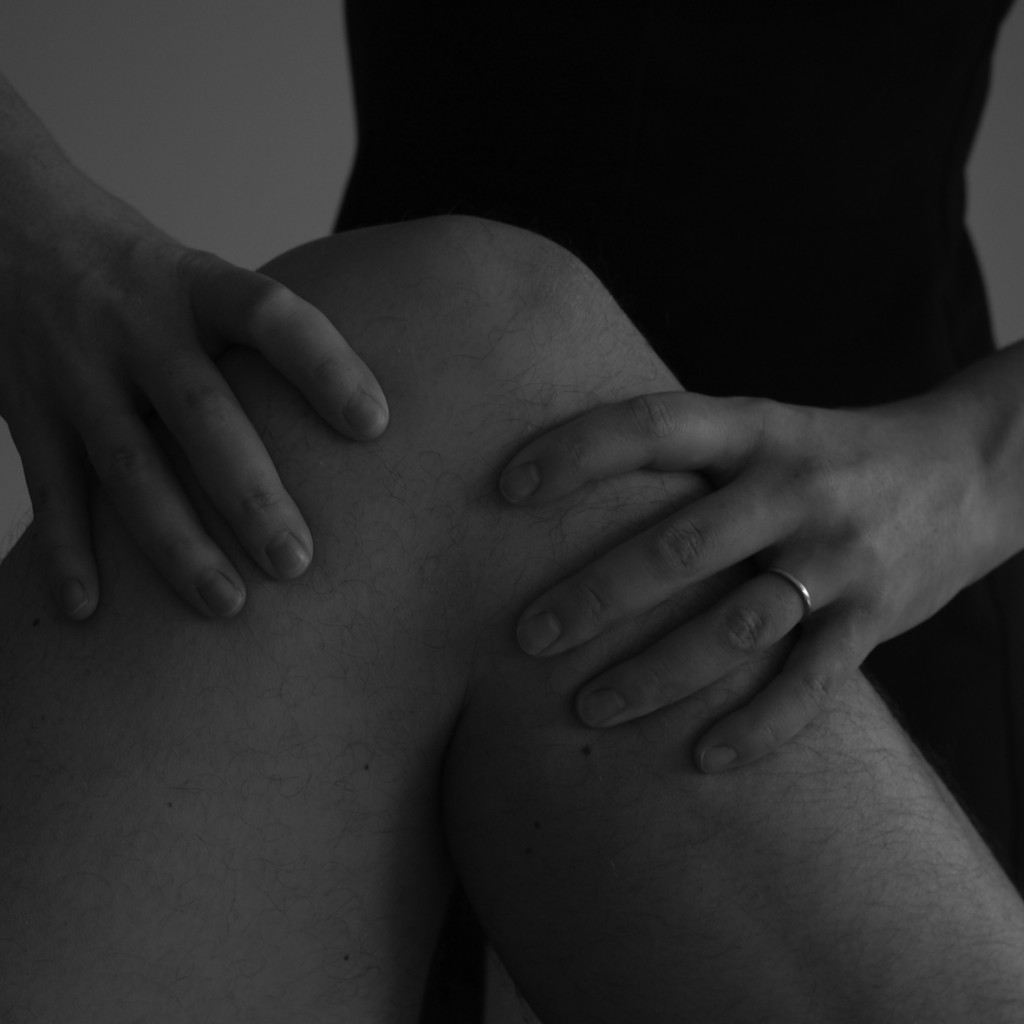 Normal healthy joints have a protective layer at the end of each bone called the cartilage. This cartilage is smooth, strong and absorbs the stress put on the joint to protect the bone. In osteoarthritis it becomes thin and brittle and over time can wear away completely. As a result the underlying bone begins to take the stress put on the joint. This causes pain and inflammation in the joint. Along with these changes the synovial (lubricating) fluid in the joint can increase to try and compensate, this often causes the joint to swell. The surrounding ligaments and muscles are also put under increased pressure and this leads to weakness. As a result of all these changes the joint becomes stiff, painful and weak.
Normal healthy joints have a protective layer at the end of each bone called the cartilage. This cartilage is smooth, strong and absorbs the stress put on the joint to protect the bone. In osteoarthritis it becomes thin and brittle and over time can wear away completely. As a result the underlying bone begins to take the stress put on the joint. This causes pain and inflammation in the joint. Along with these changes the synovial (lubricating) fluid in the joint can increase to try and compensate, this often causes the joint to swell. The surrounding ligaments and muscles are also put under increased pressure and this leads to weakness. As a result of all these changes the joint becomes stiff, painful and weak.
Osteoarthritis is variable and can affect different joints in different ways, but is most commonly found in the knees, hips, hands and spine.
Exercises and manual therapy
Exercise is the most useful treatment for osteoarthritis. Your chartered physiotherapist will be able to advise you on the exercises most appropriate for you and can also perform manipulation and stretching techniques that will be helpful.
Ice Treatment
Ice is useful if your condition has been exacerbated and is sore and swollen. Use a packet of frozen peas wrapped in a wet cloth. Leave it on for 10-15 minutes for the best effect.
Footwear
For people with lower limb and back problems, supportive footwear is essential. Insoles will be useful to help support your joints, your Chartered Physiotherapist can assess and prescribe orthotics for you.
If you are suffering pain from osteoarthritis, call us today for an appointment at Motion Physio Clinic, Prosperous, Tel: 045 841010. I can perform an assessment, give you a diagnosis and treat you as required.

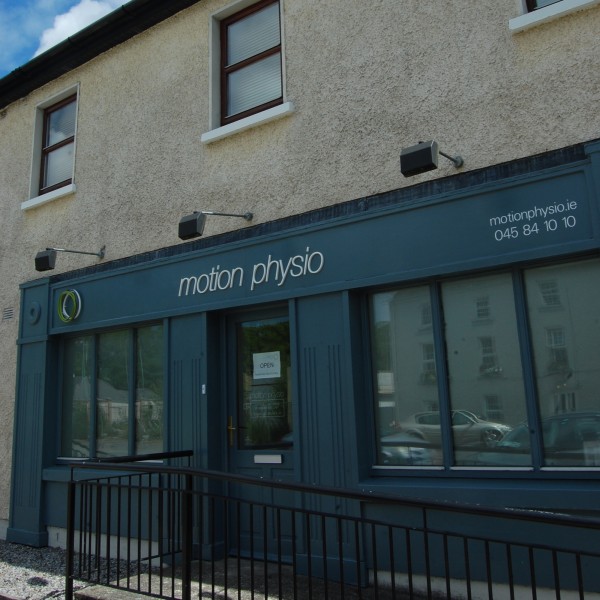
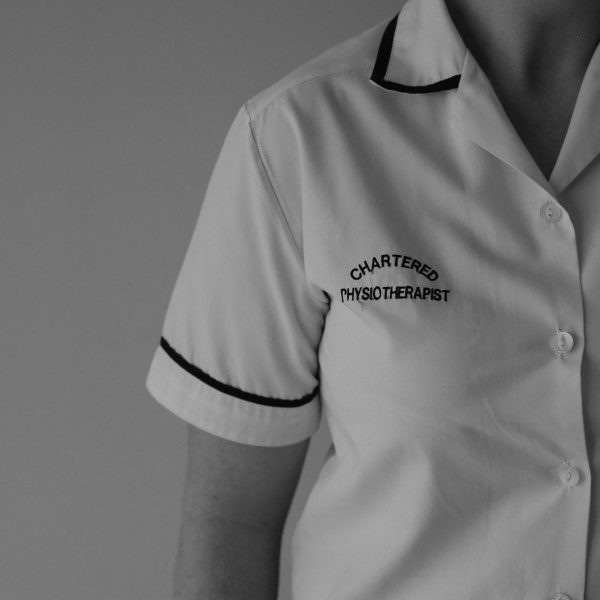
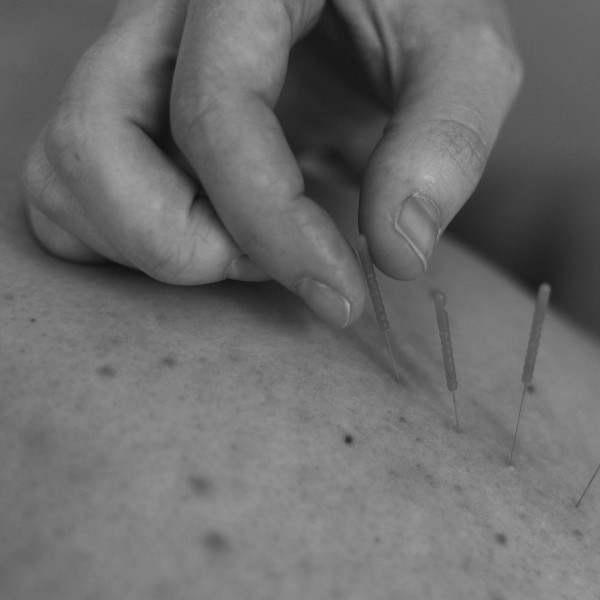

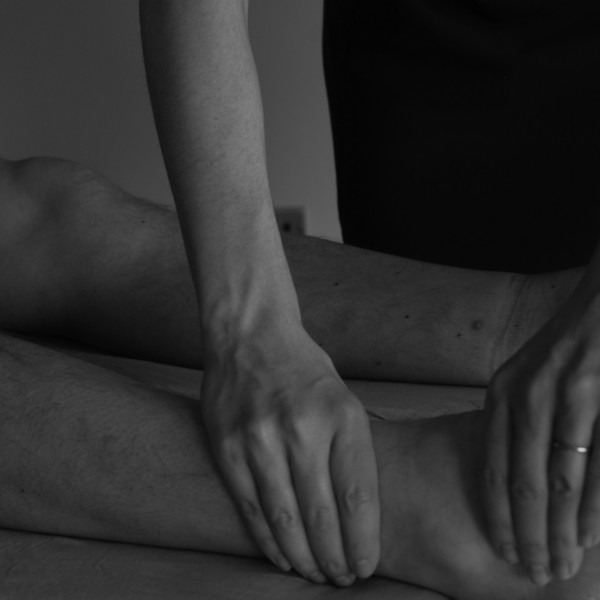
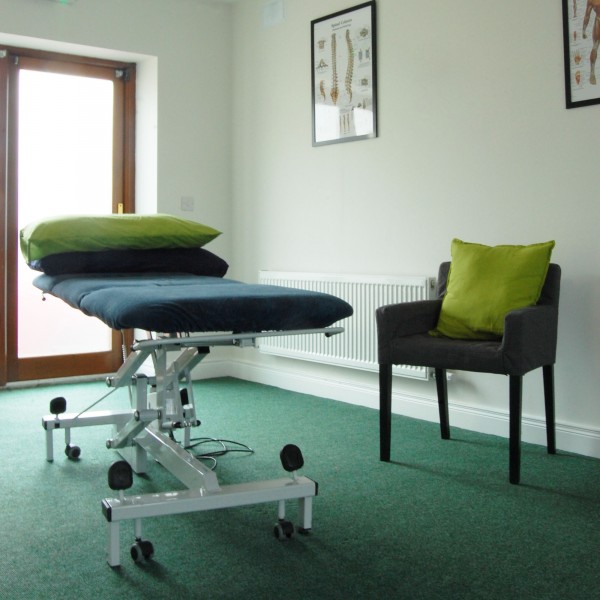
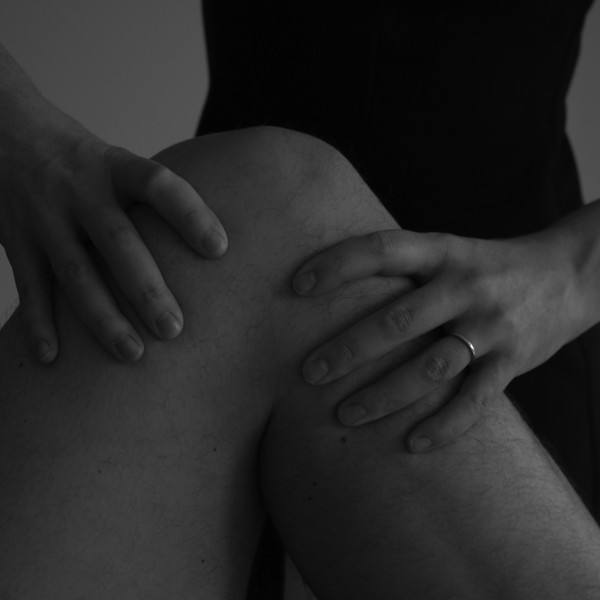
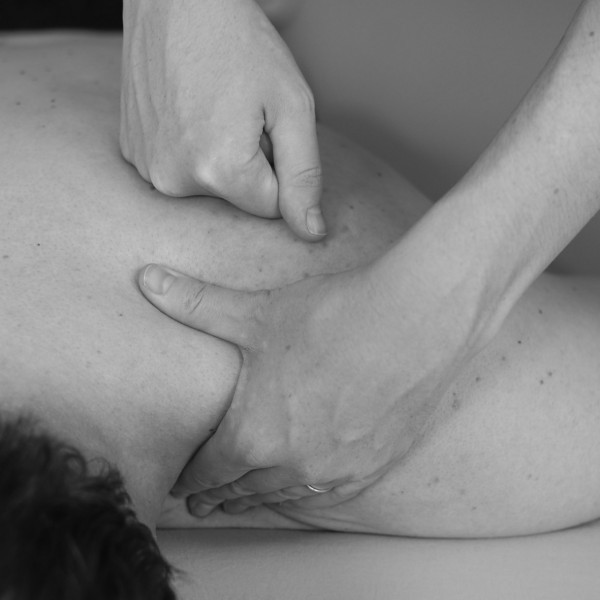

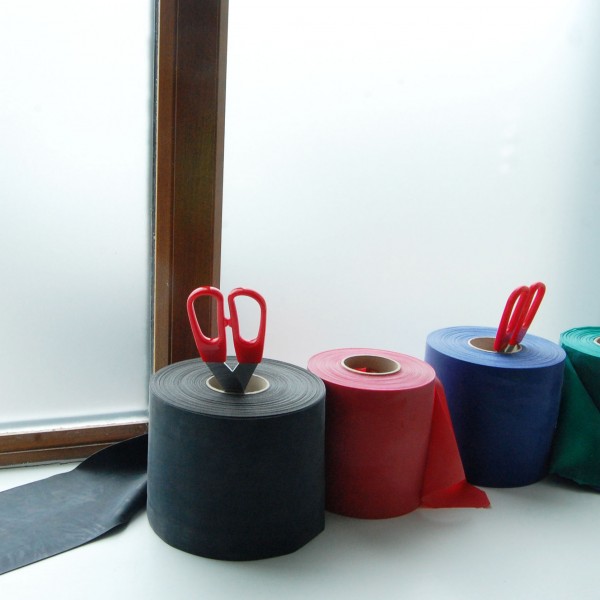
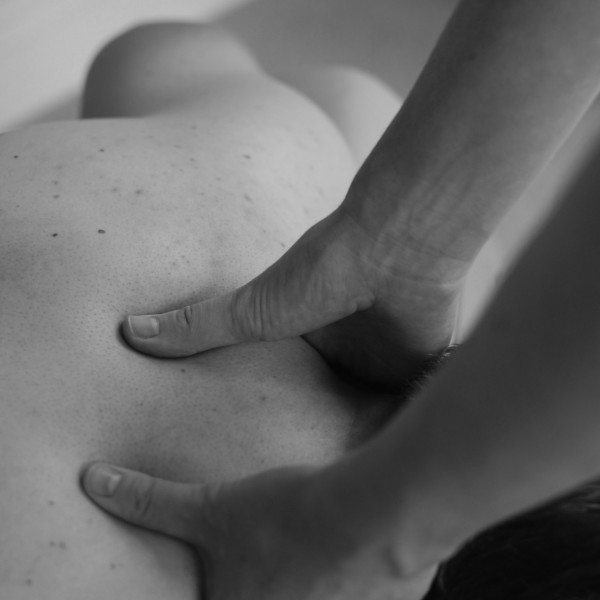
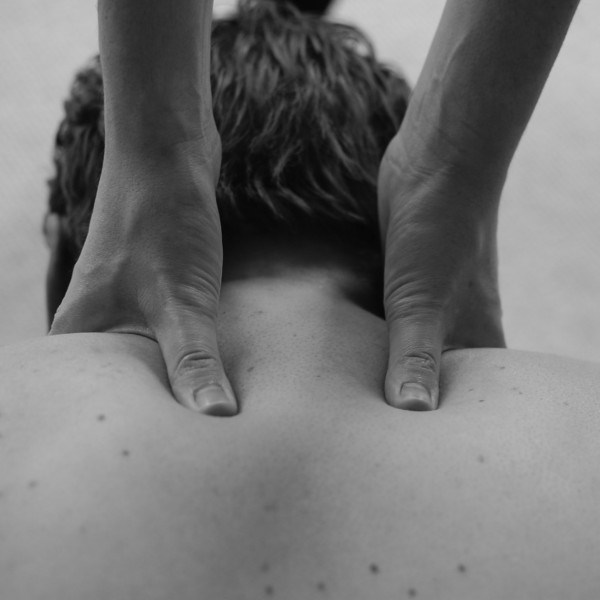

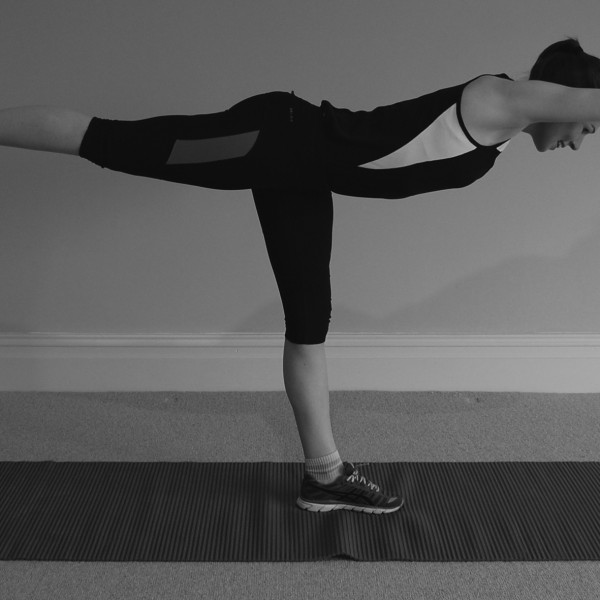

Pingback: Hip Replacement Surgery |